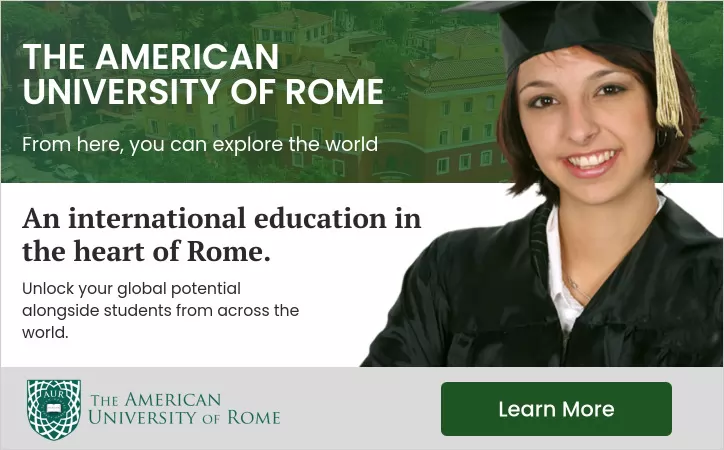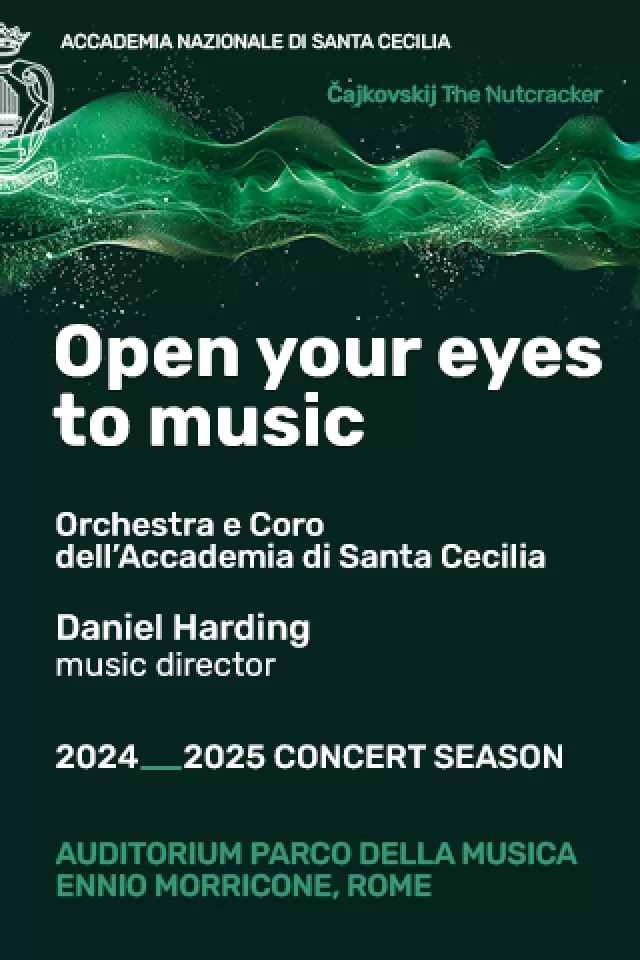The Capitoline Museums: surprises in the heart of the capital.
An almost secret corridor now links the remains of the very oldest Rome ever exposed in public and the spectacular horizons of the Rome of today. It is a connection between the Campidoglio the first hill of ancient Rome to be inhabited and the often-hated Vittorio Emanuele II monument overlooking Piazza Venezia, which nevertheless possesses a panorama of breathtaking lineaments. Composed of dazzling white marble, in violent contrast to the softer, ochre-like colours of the earlier Rome, they call it the Altar of the Fatherland since it coldly celebrates the unity of Italy in 1870.
And where is this passageway? Climb the steps behind the hill-top Aracoeli basilica (cheek-by-jowl with the Campidoglio), enter the convent of S. Maria Aracoeli at the top of the upward trudge, and a long terrace at the back of the silent convent brings you to the top of the altar and to the most embracing, spell-binding view that the capital has to offer.
On the way up to it, there is a plaque above the small flight of steps inside the convent someone must have enjoyed composing. It is a mordant text explaining how the building of the Vittoriano as the complex is called ruined, or overthrew (sconvolto), the earlier carefully thought-out urban balance of the Rome of the popes. As the author of the plaque has it, the monument (built 1895-1911) inflicted a deep wound on the very heart of Rome. He recalls past clamours for the thing to be pulled down.
The wound, however, does offer a 360-degree view of Rome quite without parallel. Staring out first from a new roomy cafeteria on the lofty roof at terrace level, the tourists look to the right at the Colosseum, beyond it to the Alban Hills, and below to Trajans Markets. Looking out over Piazza Venezia, Piazza del Popolo comes into view, while the sight from the side towering over the Teatro di Marcello is packed: from St Peters basilica to Garibaldi on his horse on top of the Janiculum hill and Monte Mario with the eyesore of its antennae.
The uppermost, most theatrical tier of the monument features a rhetorical curved proscenium of 16 operatic pillars supporting a procession of 16 statues of women. A didactic panel has a curious explanation for their presence. They represent, it says, the 16 regions that once made up Italy. They were chosen because the artistic commission that set 70 sculptors to work on the decoration of the monument decided that female figures personified the various kinds of Italian peoples far more aptly than virile figures would have done. It does not say in what way. The first lady in the row stands for Piedmont with an eagle perched on her helmet, as befits the military power that welded Unity together, while the heroine portraying Latium or Lazio holds a small bronze figure of Victory in her left hand, perhaps representing victory over the rest of Italy.
We are also told the tribe of sculptors has provided a happy synthesis of 18th- to 19th-century artistic styles, from symbolism to Liberty.
Then, for a lightning journey in time back to around 1,700 years before Christ, reverse back down to the Campidoglios museums, their present entrance being through the Palazzo dei Conservatori, on the right of the top of the flight of steps debouching on to the perfect square of the Campidoglio set out by Michelangelo.
There, on the first floor, the famous gilded equestrian statue of sage Marcus Aurelius has at last found a stupendous, atmosphere-controlled resting place. Man and horse are in a covered oval tent of marble, glass and steel, a lightweight affair of astonishing luminosity, the happy creation of the noted Italian architect Carlo Aymonino.
The statue of the emperor (161-80 AD), the symbol of Rome at the apex of its might, glory and wisdom, the so-called philosopher king and author of Meditations, was removed from its original place in the centre of the square in 1981 under the threat of corrosion, for seven years of meticulous restoration work. It survived through the centuries by being mistaken for the goody Christian emperor Constantine, instead of an abhorred pagan.
He and the horse are now easily distinguishable from the statues computer-created replacement now in the square. Vivid traces of the original gold are still there, for instance, both on the face of the prancing, apparently mud-splashed charger and on the tunic of the confident emperor, who wears a faintly ironic smile, almost as though sending himself up.
Nearly as spectacular under the roofing, a few metres away from the steeds hooves, are the newly uncovered foundations of ancient Romes very first temple, the Temple of Jupiter, complete with its own original, eight-metre deep excavation ditch, an immense pile of oblong chunks of tufa rock.
In revealing graphics that go with the foundations, the temple is pictured perched on the pinnacle of the vertically-steep Capitoline hill, the first in the future city to see people, sometime during the middle bronze age between the 17th and 14th century BC. Terracotta artefacts from that distant era are, amazingly, there to prove it.
Then far below Marcus Aurelius, spread out along on the lowest layer of the Campidoglio, and also opened to the public only recently, is the Tabularium, ancient Romes imposing counting house, its treasure today being a unique view out over the Forum of the Roman republic that brings everything into sharper focus than at ground level from the Temple of Julius Caesar, where Caesar was cremated after his assassination, to the crumbled temple of the Vestal Virgins.
Periodically, Rome springs surprises. This is one.
Vittoriano, Piazza Aracoeli, tel. 066991718. Tues-Sun 10.00-16.00
(monument), Mon-Sun 10.00-18.00 (museum).
Capitoline Museums, Piazza del Campidoglio, tel. 0682059127.
Tues-Sun 09.00-20.00.


















